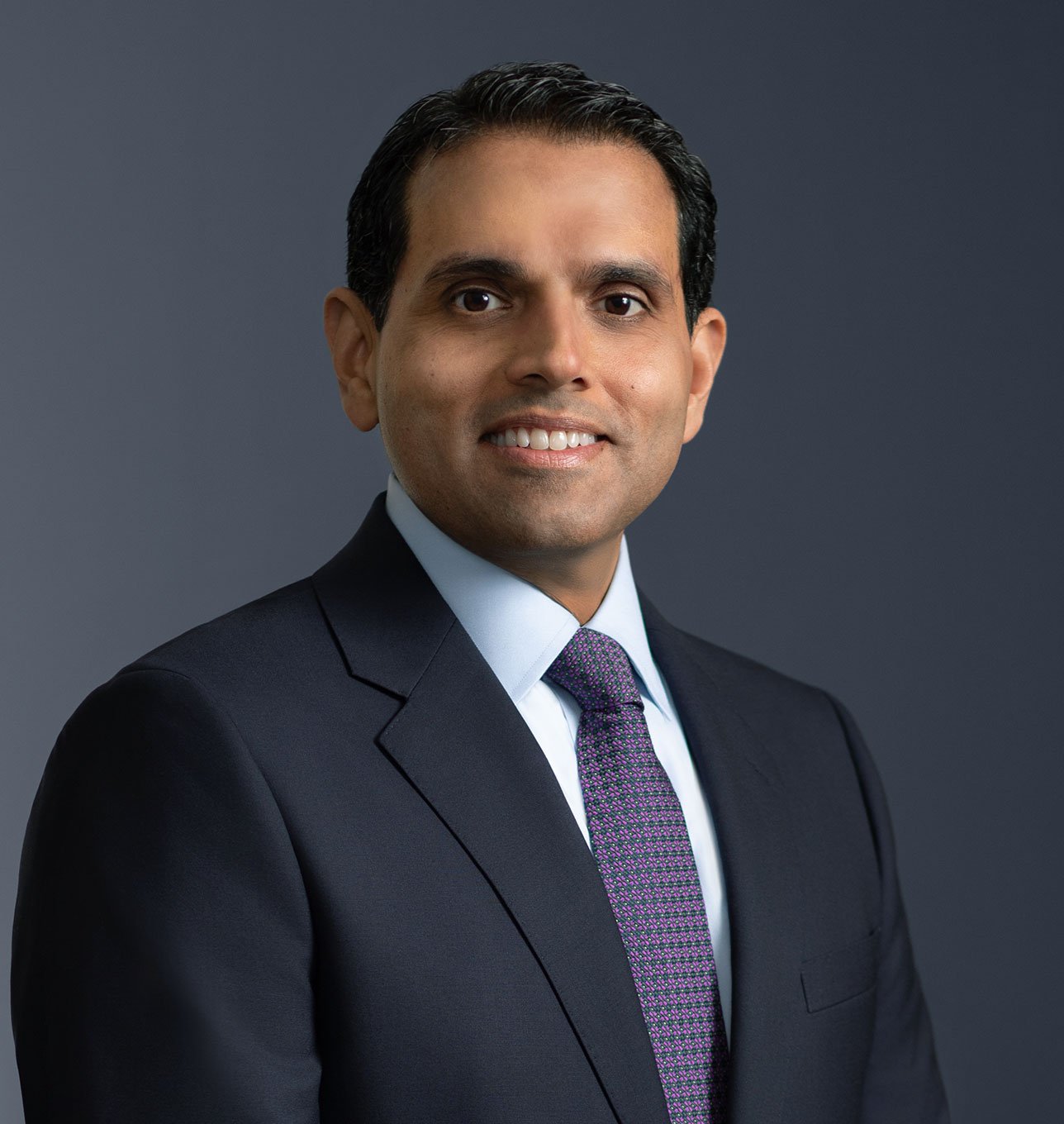US State Insurance Regulatory Scrutiny of Private Equity Investors in the Insurance Industry
Private equity (“PE”) firms have been increasingly active in the US insurance industry, attracted by the opportunity to access long-term capital and manage large pools of assets. However, this trend has also raised concerns among US state insurance regulators, who are tasked with, among other things, protecting the interests of policyholders and ensuring the financial stability of insurers. In recent years, US state insurance regulators have adopted new regulatory guidance and undertaken new regulatory initiatives to address the perceived risks posed by PE investors in insurance, especially in relation to the PE investors’ investment strategies and group structures for ownership of insurance businesses.
PE Investments in Insurance
According to the National Association of Insurance Commissioners (“NAIC”)1, “[s]ince the financial crisis of 2008, PE firms have become some of the most active participants in insurance sector merger and acquisition (M&A) activity.”2 Although PE investors look for opportunities broadly across the insurance industry, they often seek to acquire insurers that have long-term liabilities, such as annuities and life insurance, and that generate stable cash flows from premiums. These features allow PE firms to deploy the insurers’ assets in funds and investments managed by the PE firm and its affiliates, especially assets that offer higher returns than traditional fixed income investments.
Prior Regulatory Scrutiny
In the mid-2010s, the NAIC and the New York Department of Financial Services (“DFS”) reacted to several high-profile PE acquisitions of insurance companies by adopting new guidance to be used by state insurance regulators when deciding whether to approve acquisitions of insurance companies.3 That guidance was designed to help regulators assess who is trying to acquire control of an insurer, what the plans are for the insurer after gaining control and whether the acquirer has sufficient capital to support the insurer’s operations and risks. The guidance included examples of stipulations—both limited-in-time and ongoing—that regulators could impose on PE investors both when approving acquisitions and in ongoing surveillance of PE-owned insurers. For example, regulators could require PE-owned insurers to maintain higher capital levels, to limit their exposure to certain asset classes and to provide more information and transparency about their group structures and affiliates. Consistent with those goals, regulators have continued to closely monitor PE-owned insurers using such existing tools as the Form A application for acquisition of control approval process, restrictions and requirements on dividends from insurers and the risk-based capital (“RBC”) requirements.4
Initially, regulators were concerned that PE firms would have a short-term and opportunistic approach to the insurance business and at worst would strip insurers of their capital and assets, leaving them unable to meet their long-term obligations to policyholders. However, that concern has not been borne out by the evidence, as PE firms have not sought to exit the industry quickly or recklessly. PE investors in insurance have run their insurance businesses in accordance with the broad range of insurance laws and regulations—including those governing investments, affiliate transactions and holding companies—that apply to all insurers.
Evolution of Regulators’ Perspective
The concerns of regulators regarding PE-owned insurers have evolved in recent years. More recently, regulators have been concerned that their existing regulatory tools and prior guidance may not be adequate to capture the full extent and complexity of the regulatory risks they perceive to be associated with PE-owned insurers, including with respect to sophisticated and innovative use of offshore reinsurers, structured investments and sidecar vehicles. While these new business and financial developments allow PE firms to maximize capital efficiency and returns for the insurance businesses in which they invest, such developments also introduce new challenges and uncertainties for regulators, such as how to value and account for the assets underlying these transactions, how to identify and monitor the role of affiliates and third parties in these transactions and how to ensure that the insurers have adequate reserves and liquidity to meet their liabilities.
To address these challenges, the NAIC has initiated a new wave of regulatory initiatives relating to PE-owned insurers. In 2021, the NAIC’s Financial Stability (E) Task Force (“FSTF”) and Macroprudential (E) Working Group developed a document outlining 13 “List of MWG Considerations - PE Related and Other (naic.org)”5 that they believed needed to be addressed in relation to PE-owned insurers. The document was adopted by the FSTF and its parent Financial Condition (E) Committee in 2022, and became the basis for referrals to various other NAIC working groups and task forces for further consideration and action.
The “Regulatory Considerations” document covers a wide range of issues, such as enhancing the disclosure and surveillance of affiliation and control structures, investment management agreements, capital maintenance agreements, complex and non-publicly traded assets, offshore reinsurance and sidecar arrangements and asset adequacy testing. The document also emphasizes that most of these issues are not limited to PE-owned insurers, but are applicable to any insurers that engage in these activities. It reflects the regulators’ efforts to update and strengthen their regulatory framework and tools to keep pace with the evolving and dynamic nature of the insurance industry and PE investors in insurance.
Among those recent changes as noted in the “Regulatory Considerations” document, there has been a reassertion by US state insurance regulators that—although there is a statutory presumption under the US states’ insurance laws of control by an investor having direct or indirect ownership of 10% or greater of an insurer’s voting securities—control may be found at less than 10% ownership. For example, the New York DFS issued a circular letter regarding “Acquisitions of Control and Disclaimers of Control” in 2022, stating that “an acquiror of less than 10% of an insurer’s voting securities, or with the right to appoint a single board member, may still be deemed to control the insurer based on all the facts and circumstances, including the terms and conditions of the proposed transaction.”6 As a result, insurance regulators may decide that an investor with less than 10% ownership of an insurer exercises controlling influence over an insurer through such factors as board and management representation or contractual arrangements and rights (such as non-customary minority shareholder rights or covenants, investment management agreement provisions, such as onerous or costly termination clauses, or control or discretion over the insurer’s investment strategy and its implementation).
Most recently, the NAIC’s Life Actuarial (A) Task Force (“LATF”) has commenced deeper consideration of issues with respect to asset-intensive reinsurance ceded offshore. Among other matters, LATF issued a proposal to require asset adequacy testing for ceded reinsurance transactions.7 These developments, although not necessarily targeted specifically or solely at PE investors in insurance, are likely to have ramifications for PE investors’ strategies for their insurance businesses.
Another area of NAIC activity that has affected PE-owned insurers (though not exclusively PE-owned insurers) has been a series of initiatives during the past several years relating to the treatment of insurance company investments. These initiatives include:
- establishing a new requirement that principal-protected securities with a variable return component must be filed with the NAIC’s Securities Valuation Office (“SVO”) rather than receiving an NAIC credit quality designation based on their ratings from rating agencies;
- in the case of insurance company investments that have a private letter rating, requiring the private letter rating rationale report to be filed with the SVO;
- adopting a new, principles-based definition of “bond” to take effect in 2025, under which certain types of investments that are in the form of debt securities (including the principal-protected securities described above) will no longer qualify as bonds for statutory accounting purposes;
- increasing the RBC charge for the “residual” (i.e., first loss) tranches of asset-backed securities from 30% to 45%;8
- considering adoption of a proposal that would give the SVO the authority to challenge and potentially override rating agency ratings on specific securities owned by insurance companies;
- considering developing a more robust due diligence framework for the NAIC’s accreditation of rating agencies to be able to provide ratings that are used for determining RBC charges on securities owned by insurance companies;
- doing a ground-up review of the system for determining RBC charges on collateralized loan obligations, collateralized fund obligations and other types of asset-backed securities with tail risk; and
- considering more robust criteria for regulators to use when reviewing the provisions of investment management agreements between insurers and affiliated investment managers.
Global Trend for Regulatory Scrutiny of PE Investors in Insurance
Although this article’s discussion has focused on increased scrutiny by US state insurance regulators of PE investors in insurance, such scrutiny has also arisen at the US federal level (such as in US Senate hearings in 2022), as well as in other jurisdictions and on a global level. For example, the Bermuda Monetary Authority issued a paper on December 18, 2023, regarding supervision and regulation of PE insurers in Bermuda9; similarly, the International Monetary Fund issued a white paper on PE investments into the life insurance industry.10
* * *
The regulatory scrutiny of PE investments in insurance continues to develop. As such, it is important for PE investors to not only understand the insurance regulatory landscape at the present time, but also look ahead to understand how the regulators’ scrutiny might evolve in the future.
1The NAIC is not a regulator itself. Instead, the NAIC is the standard-setting and regulatory support organization created and governed by the insurance regulators from the 50 states, the District of Columbia and the five US territories.
2https://content.naic.org/cipr-topics/private-equity.
3Under the US states’ insurance laws, any individual or entity that seeks to “control” an insurer (for which there is a statutory presumption at 10% or greater ownership, directly or indirectly, of voting securities of an insurer) must obtain approval for such acquisition of control from the domiciliary state insurance regulator of the insurer by filing an application that is typically referred to as the “Form A.” However, an investor can rebut the presumption of control by filing a “disclaimer” of control with the insurer’s domiciliary state insurance regulator.
4Our team previously published a detailed overview of “Acquiring Ownership: Considerations in Acquiring a “Controlling” Interest in a US Insurance Company,” which can be found at: https://www.mayerbrown.com/-/media/files/perspectives-events/publications/2019/07/mayer_brown_insurance_regulatory_corner_acquiring_ownershipjul2019.pdf?rev=04ef1e01163f42e2aea154b5ae53d896.
5The “Regulatory Considerations” document has been annotated to include comments from regulators and interested parties and to memorialize the referrals to other NAIC working groups to address the various considerations. The latest version of that annotated document is available at https://content.naic.org/sites/default/files/inline-files/Plan%20for%20the%20List%20of%20MWG%20Considerations%20-%20PE%20Related%20and%20Other.pdf.
6https://www.dfs.ny.gov/industry_guidance/circular_letters/cl2022_05.
7Please see our fuller discussion of this development in our article entitled “US NAIC Spring 2024 National Meeting Highlights: Life Actuarial (A) Task Force,”, which can be found at: https://www.mayerbrown.com/en/insights/publications/2024/03/us-naic-spring-2024-national-meeting-highlights-life-actuarial-a-task-force.
8As of this writing, an industry effort is under way to delay the effective date of this RBC charge increase until 2025, in order to allow for further study and analysis. The outcome of that effort is uncertain.
9BMA’s paper can be found at: https://www.bma.bm/news-and-press-releases/supervision-and-regulation-of-private-equity-insurers.
10IMF’s paper can be found at: https://www.imf.org/en/Publications/global-financial-stability-notes/Issues/2023/12/13/Private-Equity-and-Life-Insurers-541437.





